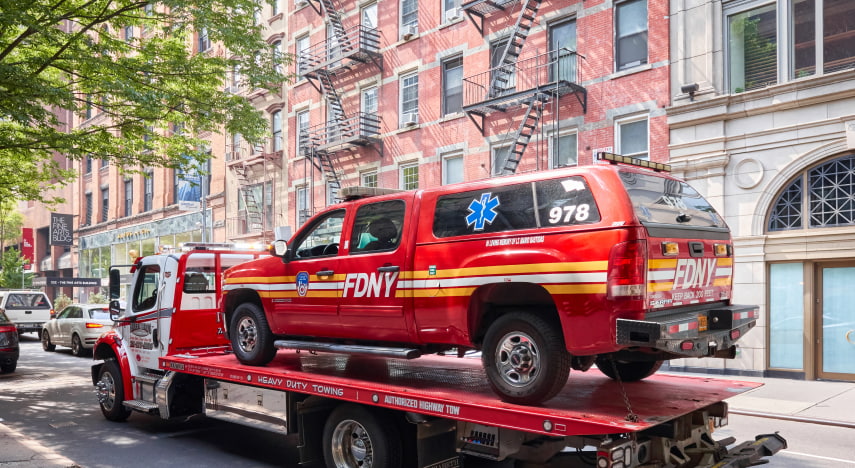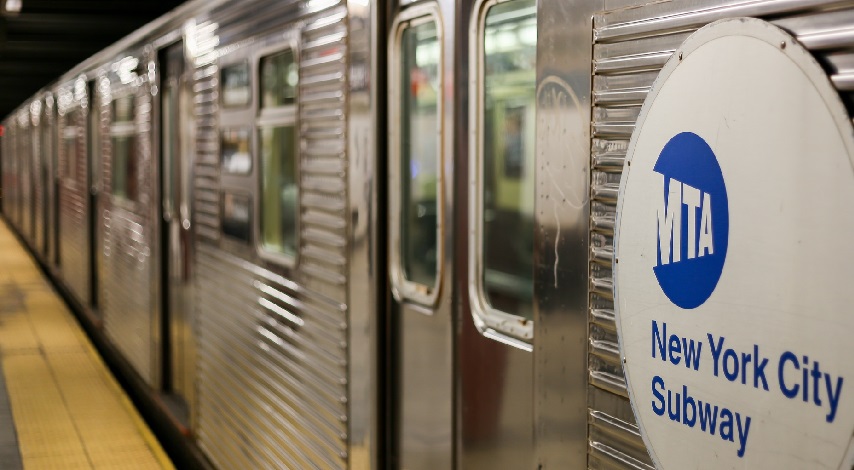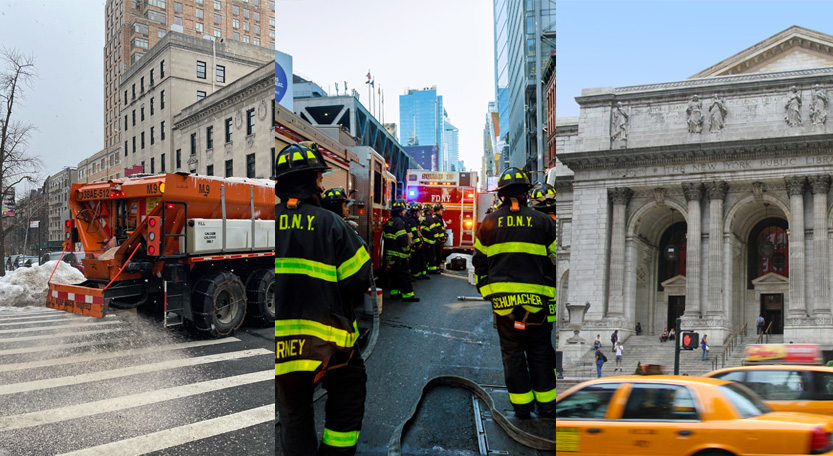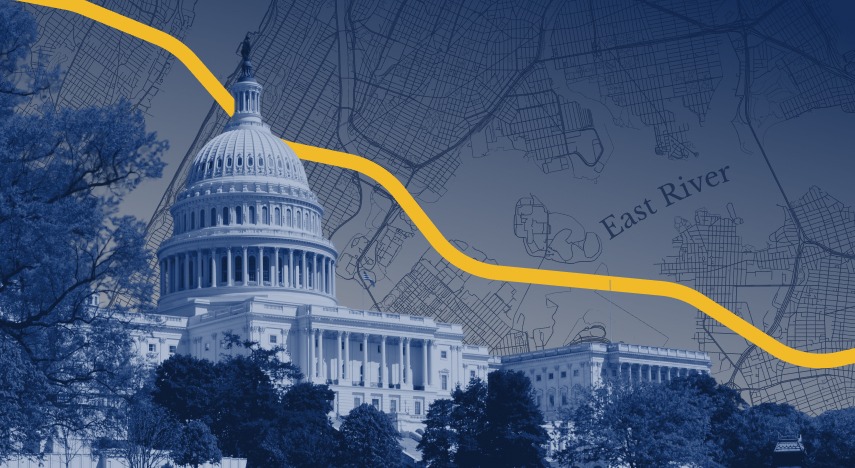New York City Economic and Fiscal Monitoring
The Office of the State Deputy Comptroller for the City of New York monitors New York City's fiscal condition, assists the New York State Financial Control Board, and regularly reports on the City's financial plans, major budgetary and policy issues; economic and economic development trends, and budgetary and policy issues affecting public authorities in the region, including the Metropolitan Transportation Authority. For questions, contact us at [email protected].

New York City Government Services: Fleet Management
AGING EMERGENCY AND SANITATION TRUCKS OFTEN SIDELINED FOR REPAIRS
New York City has cut fuel use and emissions across its municipal vehicle fleet of about 30,100 vehicles, but the average vehicle age is now the highest since 2012, and aging emergency and service vehicles are increasingly sidelined for repairs. In fiscal year 2025, the city spent $415 million on fuel and fleet repair, and over $400 million in capital funding for new vehicle acquisitions.
Read Report
The Securities Industry in New York City
Wall Street Profits Surge Again
The securities industry earned $30.4 billion in the first half of 2025, a faster pace than last year, when full year profits totaled $49.9 billion, the fourth-highest level on record. Wall Street’s profits could top $60 billion in 2025 if current trends continue. Tax collections related to the industry continue to be strong, growing by over 35 percent in 2024 compared to 2023, and are likely to exceed forecasts given the strength in the industry in 2025.
Read Report
Financial Outlook for the Metropolitan Transportation Authority
Fiscal Outlook Continues To Improve
The stability of the MTA's finances is increasingly reliant on its ability to find significant savings, grow ridership, and efficiently execute capital improvements. By prioritizing and delivering capital investments and continuing efforts to find ways to provide more cost-efficient service that remains safe, frequent and reliable, the MTA will ultimately improve the ridership experience. This will further strengthen farebox operating revenues and better prepare the MTA for uncertainty in the coming years.
Read Report
Venture Capital Investment in New York City
SECOND LARGEST MARKET FOR VENTURE CAPITAL IN THE NATION
The New York City metropolitan area is the second largest market for venture capital (VC) funding in the United States, with $28.5 billion in investments, or 13.3% of the national total in 2024. The amount invested in the region has more than doubled since 2015. Though overall VC activity remains stronger than before the pandemic, the second quarter of 2025 experienced a slowdown from the prior quarter that is reflective of federal economic policy that remains uncertain.
Read Report
Long Island City, Sunnyside and Woodside: An Economic Snapshot
Neighborhoods Are Drivers of Economic Growth in Queens
The neighborhoods of Long Island City (L.I.C.), Sunnyside and Woodside in northwest Queens are contributing to the borough’s business growth, share of the population employed, median household income and new housing. Even with its expansion, L.I.C./Sunnyside/Woodside faces some challenges such as air pollution, a level of crime higher than pre-pandemic rates despite recent declines, and income and housing pressures in parts of the area. Continued success depends on further monitoring of these factors, as well as supporting and managing housing, employment and infrastructure development.
Read Report
Miscellaneous Revenues in New York City: What Has Changed?
Fines and Fees Contributing to Affordability Issues for Residents
New York City’s revenues from water and sewer charges, fines and forfeitures, licenses and permits, interest income, rental income and other “miscellaneous revenues” reached an estimated $6.7 billion in fiscal year (FY) 2025, just 11% higher than in FY 2019. The weaker growth was due, in part, to the COVID-19 pandemic. The City should assess the many fines, fees, and charges for services it collects and whether these revenue sources are permanently affected by the changes that occurred during the pandemic and what that means for anticipated revenues.
Read Report
Subway Recovery Tracker
Impact of the COVID-19 Pandemic on Subway Ridership in New York City
The COVID-19 pandemic had a profound and disparate impact on subway ridership in New York City. Initially, the emergence of the virus in March and April 2020 corresponded with a steep and uniform drop in subway usage across all five boroughs. Citywide, April 2020 ridership was just 8.3 percent of what it was in April 2019, and through the summer of 2024 ridership has yet to regularly surpass 70 percent of pre-pandemic levels.
View Dashboard
Agency Services Monitoring Tool
MONTHLY UPDATES TRACK PERFORMANCE, STAFFING AND SPENDING
The Office of the New York State Comptroller developed a tool that displays performance indicators, staffing levels and spending commitments assigned to a City service since January 2020. While there are many factors that affect service demand and provision, the tool can provide some insight on existing operational or budgetary phenomena or the emergence of potential risks to the City’s budget and the provision of certain services.
View Dashboard
New York City Industry Sector Dashboards
MONTHLY UPDATES TRACK THE CITY’S ECONOMIC RECOVERY
The COVID-19 pandemic hit New York City particularly hard, causing massive job losses at major employers such as restaurants, hotels and retail stores. These dashboards follow a series of reports released over the past two years tracking economic data and the effect of the pandemic on these critical sectors and will help identify areas of weakness as well as positive developments.

Federal Funding to New York City
CUTS IN FEDERAL AID POSE RISKS TO CITY BUDGET
New York City’s proposed Fiscal Year (FY) 2026 operating budget relies on $7.4 billion in federal government funding, accounting for 6.4% of total spending. Recent federal government actions to cut grant programs could jeopardize at least $535 million of federal aid in FY 2025 and FY 2026, but nearly all federal operating aid that flows to the City could be subject to cuts or elimination.
View Guide
